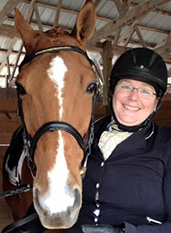CAWS Research
Where compassion for animals meets practical, scientific solutions.
Center Research Areas
- Food animal well-being
- Non-food animal well-being (e.g., lab, companion, wildlife animal)
- Public interest/social/ethical economic issues relative to animal welfare
- Interface between human-animal bond and animal welfare
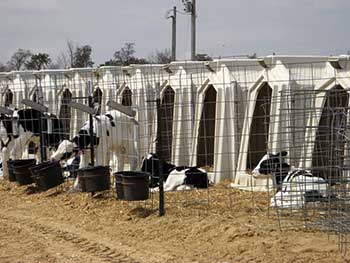
Current Projects
The Center for Animal Welfare Science works with faculty to provide seed funding to develop research projects across a wide range of animal welfare science issues. The following are examples of projects recently funded by the Center.
Navigating the narratives: developing communications to address science-policy and stakeholder engagement gaps in agricultural animal welfare
Insufficient incorporation of science and broad perspectives on animal welfare and its role in sustainable agricultural food systems raise risks of unintended negative consequences for many who are impacted by decision-making. For instance, California’s passage of the Prevention of Cruelty to Farm Animals Act, which imposes new standards for livestock and poultry housing, has created an unfunded mandate for US livestock and poultry producers. There are significant ripple effects for other states, including Indiana, which must also comply with the law. It is unlikely that voters and legislators fully understand the scientific and socio-ethical implication of such decision-making or the tradeoffs between different aspects of animal welfare, environmental, economic, and human health and well-being that are entailed. As similar dynamics occur throughout the US, it is increasingly critical for animal welfare scientists to help bridge science-policy and stakeholder knowledge gaps to enrich decision-making, reduce risks to members of the public and to the food supply chain, and support sustainable agriculture. To meet these needs the team will develop and widely disseminate a series of white paper analyses of contentious agricultural animal welfare issues, along with
infographics, webinars and a symposium targeted to meet the demands of audiences. Online media analyses will help gauge public knowledge and perceptions of key issues and inform the products developed. These new resources will facilitate decision-making, dialogue, and consensus-building by members of the public and legislators, and aid in informing different media outlets.
Faculty Leads: Candace Croney, Nicole Widmar, Jayson Lusk, Jiquin Ni, Marisa Erasmus, and Darrin Karcher.
Evaluating candidate chemosignals to improve management of mouse aggression
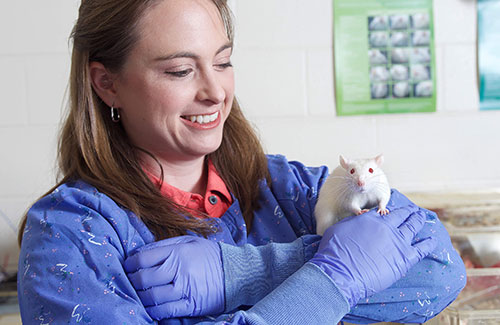
Aggression between group housed male mice is one of the leading causes of injury and death in the laboratory. Many studies have explored how chemical signals (i.e. pheromones) promote aggression in mice, but little is known about the signals that may reduce it. Previous work in Dr. Gaskill’s lab found an association between multiple chemicals and positive social interactions in male mice. The goal of this research is to determine if these chemicals have a direct influence on social behaviors. These results could be used to develop an odor treatment for aggressive cages to potential to improve welfare for millions of male mice.
Faculty Leads: Dr. Brianna Gaskill, Milos V. Novotny, Helena A. Soini, Marisa Erasmus, Jeffrey Lucas, Heng-Wei Chang
The Use of Captive Bolt as a Practice-based Euthanasia Method in horses
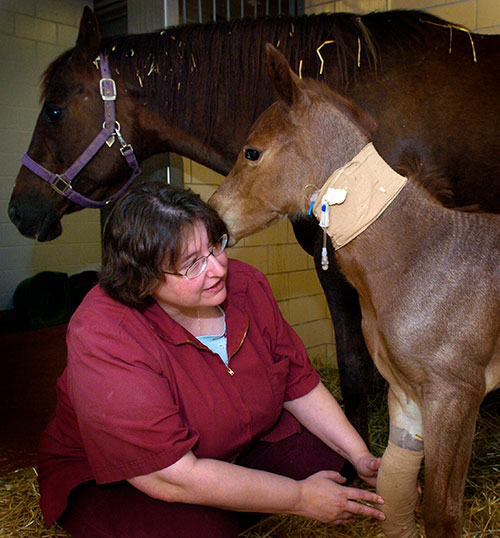
The study is designed to take a close look at the use of captive-bolt as an alternative method of euthanasia in equine practice. Captive bolt has the potential to be both humane and environmentally friendly. However, very little is known about this technique in horses.
Faculty Leads: Dr. Colleen Brady, Dr. Margaret Miller
Hen Behavior as a tool for detecting pest infestations and improving hen welfare
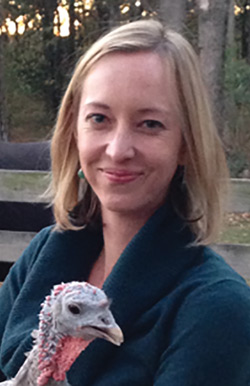
Bed bugs are a major threat to laying hen welfare and are becoming increasingly problematic as the U.S. egg industry transitions to cage free production. Control and eradication of bed bugs in cage free systems is difficult because bed bugs spread more easily in these systems and are resistant to many types of insecticides. Results of this study will provide behavioral indicators of hen welfare that can be used to identify bed bug infestations and IPM techniques that can be implemented to control and eradicate them.
Faculty leads: Marisa Erasmus, Ameya Gondhalekar
Improving Mouse Welfare by Identifying Agression Reducing Pheromones
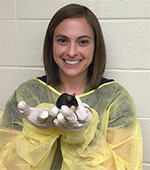
Aggression is the second most common reason for veterinary clinical care in laboratory mice and can lead to severe injury and death. While only accounting for 15% of cases, the potential for injury and suffering affects millions of mice every year. Peaceful groups of male mice are observed in the wild and in the lab, but the factors that differ between these groups and aggressive groups are unknown. There is a critical need to identify compound(s) that reduce aggression related injury and improve mouse welfare.
Faculty leads: Brianna Gaskill, Heng-Wei Chang, Jeffrey Lucas, Marisa Erasmus
The Role and Locus of Control on the Welfare of Working Horses in Central and Latin American Communities
Working equids are a vital source of labor in developing regions. Although much research has been conducted on the physical welfare status in this population of animals, little has investigated the human behavior component of this issue. This research team seeks to better understand how mindset and locus of control may be related to the physical welfare status of working equids.
Faculty leads: Colleen Brady, Camie Heleski, Linda Pfieffer, Lauren Brizgys
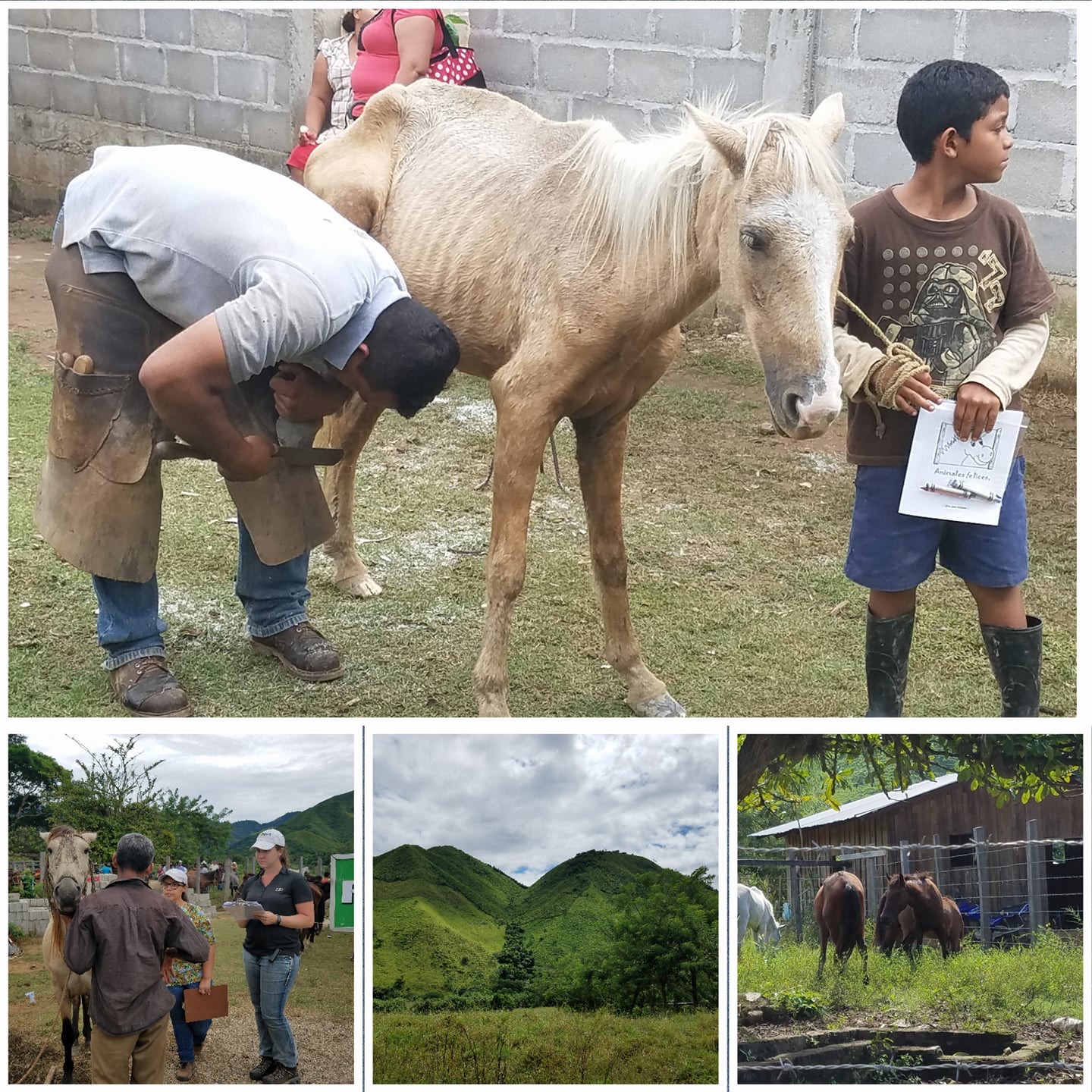
Understanding Consumer Perceptions of Dairy Cattle Welfare
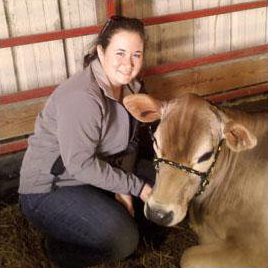
This interdisciplinary team seeks to measure consumer preferences for dairy cattle production practices and treatment. Practices of specific interest for this analysis will include dairy cattle tail docking and calf dehorning procedures. Choice experiments will be utilized to facilitate measurement of consumer willingness to pay for various dairy cattle management practices. Consumers’ willingness to pay across various consumer groups and household demographics will be studied to increase understanding of consumer demands and desires for the management of dairy cattle.
Faculty leads: Nicole Widmar, Christopher Wolf, Jonathan Townsend
Analysis of sound and activity levels as non-invasive measures of turkey well-being
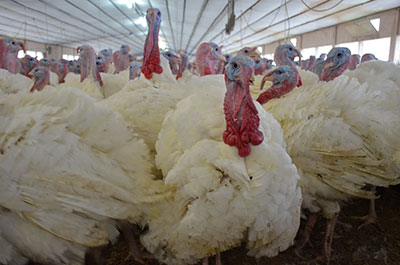
The objective assessment of animal welfare and detection of animals that are unwell are challenging in commercial turkey flocks where thousands of turkeys are housed together. Animal behavior changes in response to stressors and disease, but once behavioral changes are detected, animal welfare has already been affected. The use of acoustic technology and accelerometers to detect changes in vocal signals and activity levels, respectively, has the potential to provide a rapid, objective, non-invasive method for early detection of risks to animal welfare. The objectives of this research are to evaluate 1) Analysis of turkey vocalizations for detecting and distinguishing between heat stress and immune challenge 2) The use of vocal signal and activity level analyses as early indicators of heat stress and immune challenge in turkeys. Results may provide a means for identifying and detecting changes in turkey welfare status, and for distinguishing between healthy and unwell turkeys.
Faculty leads: Jiqin Ni, Marisa Erasmus
Effect of Probiotics on Social Stress-Associated Injurious Pecking Behavior in Laying Hens

Injurious pecking including aggression, feather pecking and cannibalism, which is an eminent cause of mortality, occurs in all egg production systems. Beak trimming is a common practice to reduce injurious pecking in poultry. However, beak trimming causes tissue damage, exposing billions of hens to pain. We hypothesize that feeding hens with the probiotic Bacillus subtilis is an alternative method to prevent injurious pecking behavior.The objectives of this project are to determine if dietary supplementation of a probiotic, sporulin, will:
- Inhibit social stress-associated injurious pecking
- Reduces social stress-associated mortality and increases egg production
- Alleviates acute and chronic physiological stress levels by regulating the serotonergic system.
The overall goal is to develop methods for preventing injurious pecking in hens and improving livability and egg production. This project is relevant to the CAWS goal of “developing novel approaches…for addressing key challenges that affect agricultural animal welfare.
Faculty leads: Marisa Erasmus, Heng-wei Cheng
CAWS Travel Fellowship Abstracts
2021
- Registration fellowships were provided for the 2021 CAWS Virtual Symposium due to ongoing COVID-19 travel restrictions. CAWS provided 14 students and others interested in animal welfare educational opportunities who might otherwise have difficulty accessing our program from the following institutions:
- Alabama A&M
- George Mason University
- Louisiana State University
- Prairie View A&M University
- Tuskegee University
2020
- Temporarily suspended due to COVID-19 travel restrictions
2017
- LaFollette, Megan - It's no laughing matter: cage color and light intensity alter rat affect (PDF)
- LaFollette, Megan - Rat tickling: A systematic review of methods, outcomes and moderators (PDF)
- Robbins, Lindsey - Behavioral responses of Allegheny woodrats to fluctuating enrichment stimuli and their implications for reintroduction programs (PDF)
2016
- Guérin, Noemie - Social behaviors and positive emotional displays increase in typically-developing children in the presence of animals compared to toys (PDF)
- Hu, Jiaying - Effect of cooled perches on efficiency of induced molt during hot weather in caged hens (PDF)
- Huang, Xiaohong - Effect of serotonin imprinting on the development of the brain serotonergic system in chickens (PDF)
- LaFollette, Megan - Tickling pet store rats: impacts on human-animal interactions (PDF)
- Robinson Junker, Amy. - Out Like a Light? The Effects on Sleep of Being a Nocturnal Mouse in a Diurnal Lab (PDF)
- Wang, Weichao - Effect of dietary supplementation of probiotic, Bacillus subtilis, on performance and immune parameters in the brain of broiler chickens under heat stress (PDF)
- Yan, Feifei - The effect of Bacillus subtilis based probiotic on bone health in broiler chickens (PDF)
2015
- Hu, J. - The effect of cooled perches on caged White Leghorn hen performancce during chonic heat stress (PDF)
- Yadav, S. - Identification of the most likely classical swine fever outbreak scenerios in the swine industry of Indiana (PDF)
- Yan, F - Dietary supplementation of probiotics on performance and skeletal health of laying hens (PDF)

